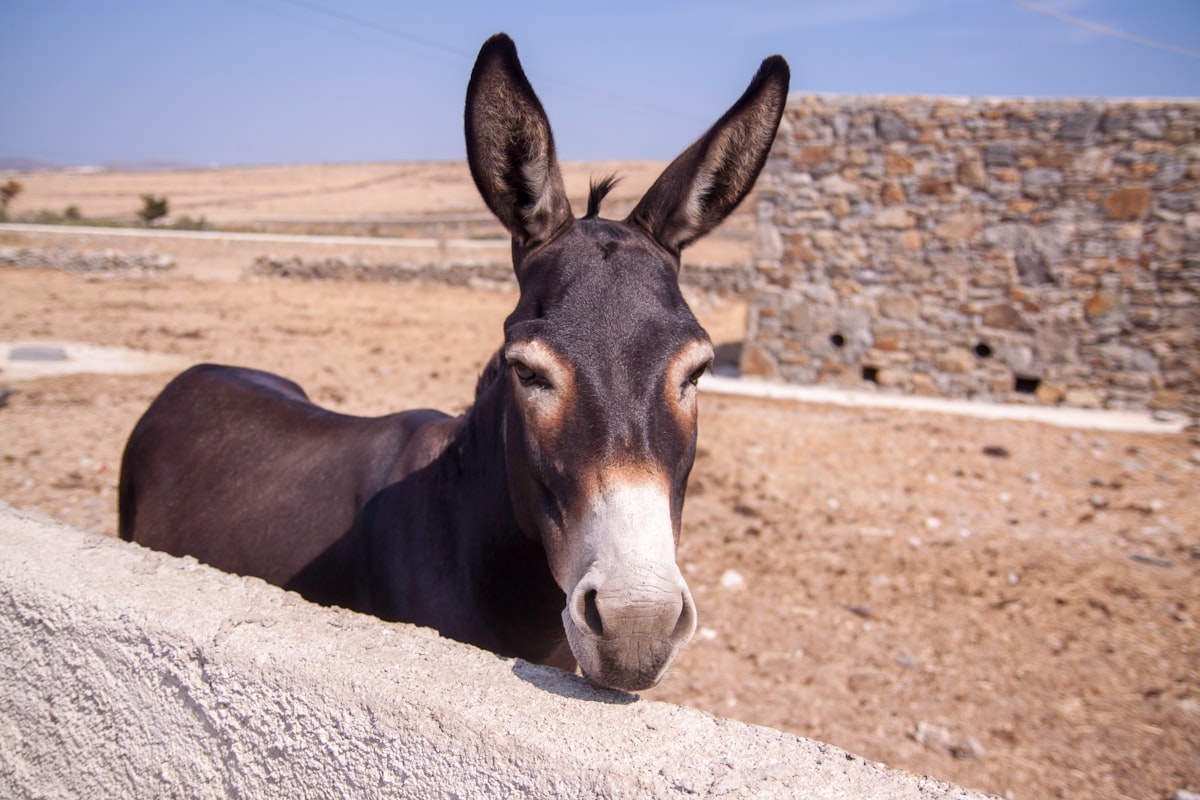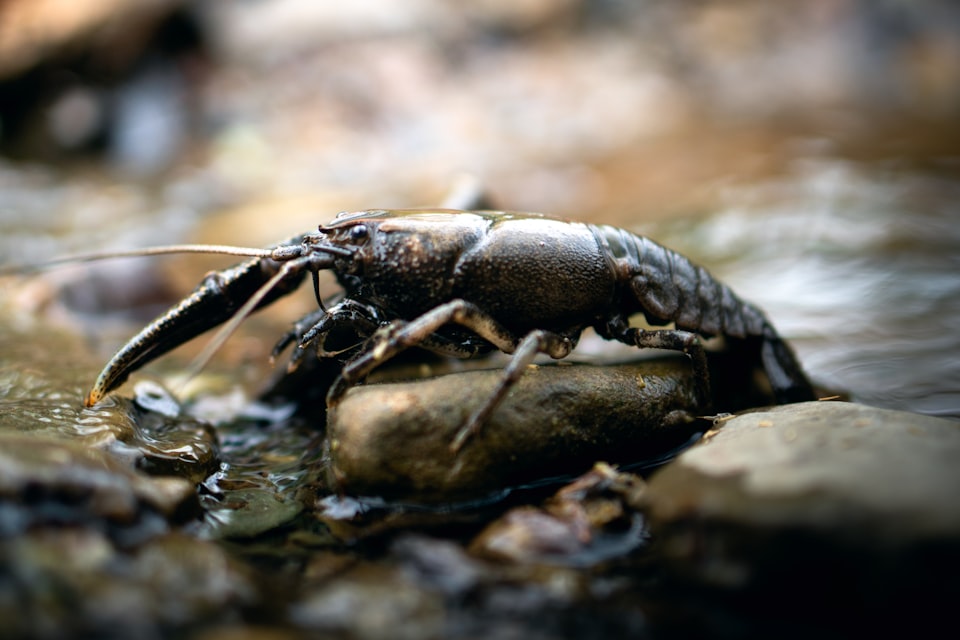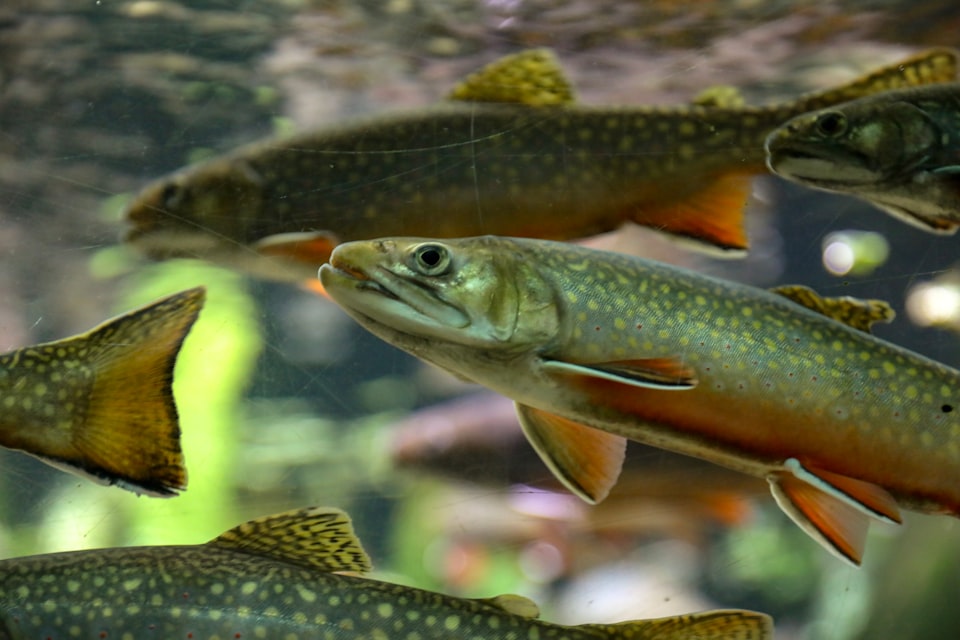V: Mule
Behind the scenes of Francis the Talking Mule.

Good morning. Today is quintidi, the 5th of Messidor, Year CCXXXI. We celebrate le mulet, a cross between a donkey and a horse that's meant only for work.
The dream and nightmare of every comedian is to write a single joke that can be milked for decades. On the one hand, it's the closest thing in comedy to a hit song, and something that can be turned into an entire career. On the other, beating a single joke to death is the opposite of an artistic endeavor, and a lot of pride must be swallowed along the path to riches. Sometimes, the joke follows the comedian, and no matter how hard they try, they can't shake it, and eventually have to shrug and just accept it. (Think Jimmie Walker with "dyn-o-mite" or Gallagher smashing watermelons.) And sometimes, the joke is the intentional shallow creation of a cash-grabbing studio that won't let go no matter what. And that's how we all got a decade of talking mule movies followed by a decade of talking horse television.



